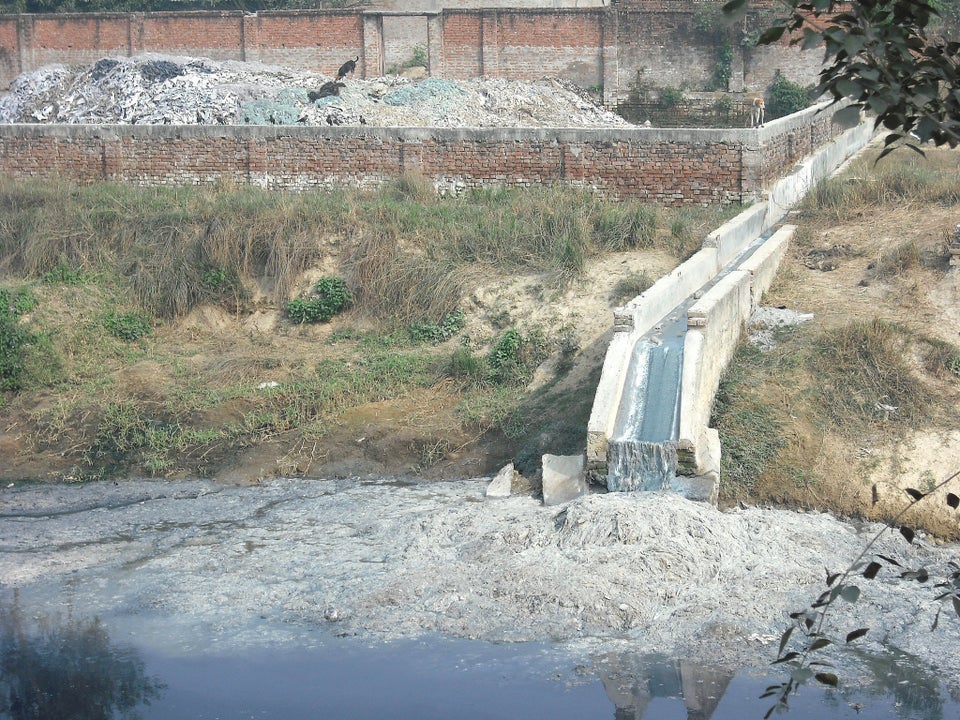New research from NASA's Goddard Space Flight Center shows that large quantities of a chemical responsible for depleting the ozone layer are still being emitted, even years after an international ban.
New measurements have revealed that despite the Montreal Protocol, which limits the use of a variety of ozone-depleting chemicals, releases of carbon tetrachloride (CCl4) continue. There should be zero emissions of the compound under the international agreement, but NASA measurements show an average of 39 kilotons are still emitted every year. That's about 30 percent of what peak emissions were before the substance was regulated. The Montreal Protocol, adopted in 1987, phased out the use of ozone-depleting chemicals, including CCl4, over time. After 2007, its more than 200 signatories reported no new emissions of CCl4.
The video above, released by NASA Goddard this week, explains the research by atmospheric scientist Qing Liang. "We are not supposed to be seeing this at all," Liang said in a NASA press release. "It is now apparent there are either unidentified industrial leakages, large emissions from contaminated sites, or unknown CCl4 sources."
Ozone in the stratosphere protects living things from harmful ultraviolet radiation. Ozone-depleting chemicals create a seasonal "ozone hole" over Antarctica, first noticed by scientists in 1985. Though the ozone layer has seen some recovery since the Montreal Protocol, the ozone hole still persists today. According to NOAA, if concentrations of ozone depleting chemicals continue to decline, we should see a complete recovery of the ozone layer.
